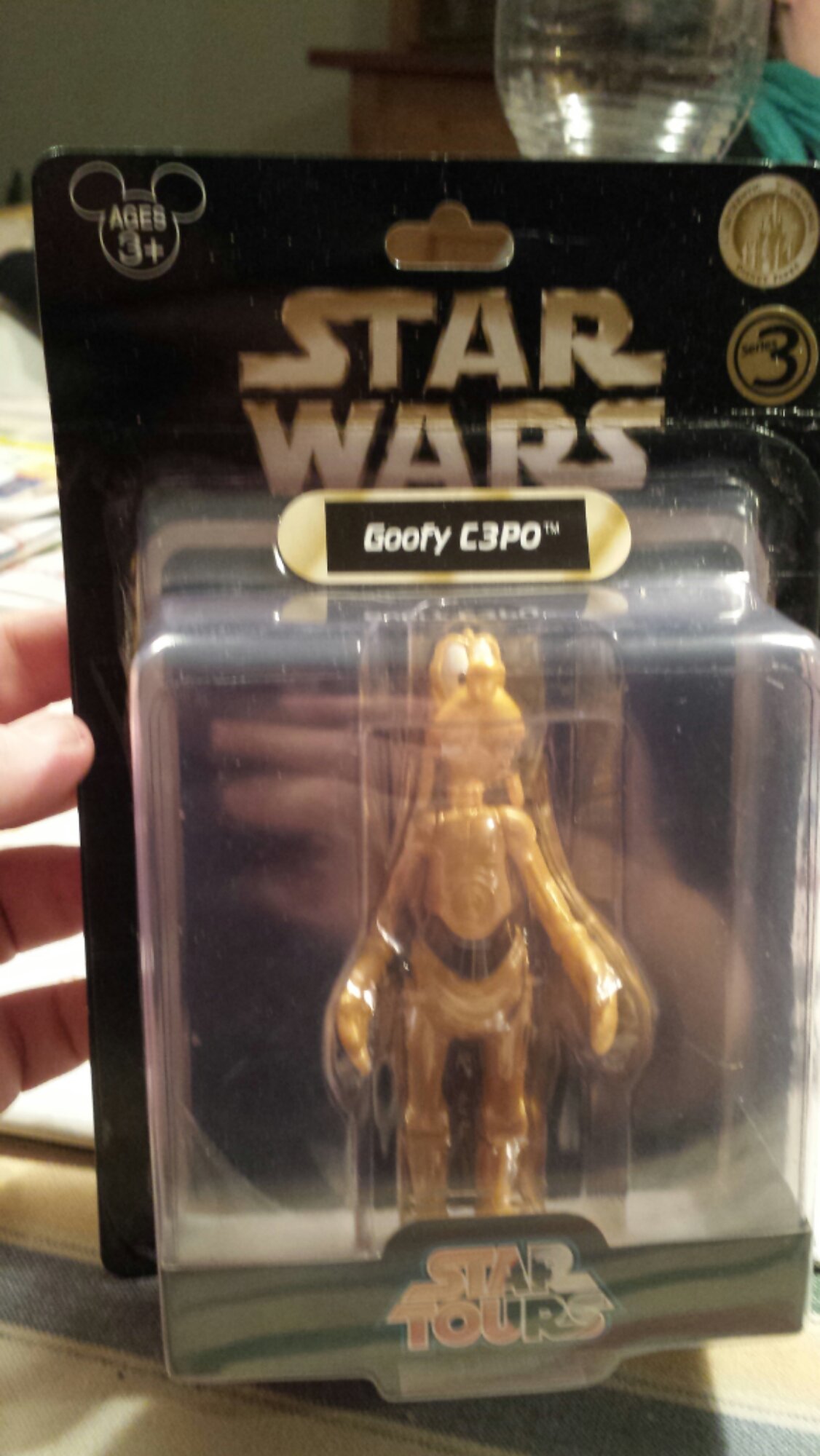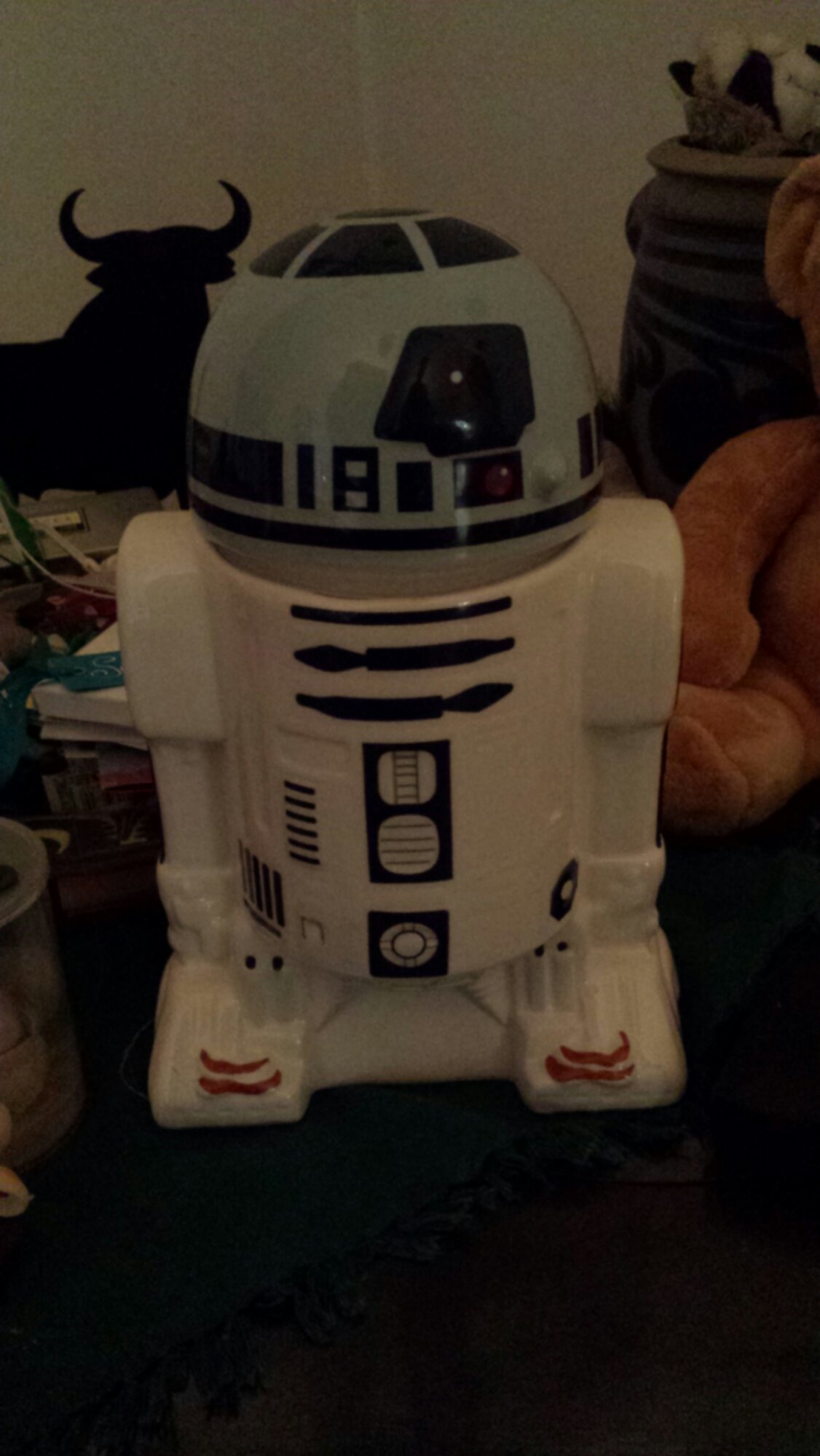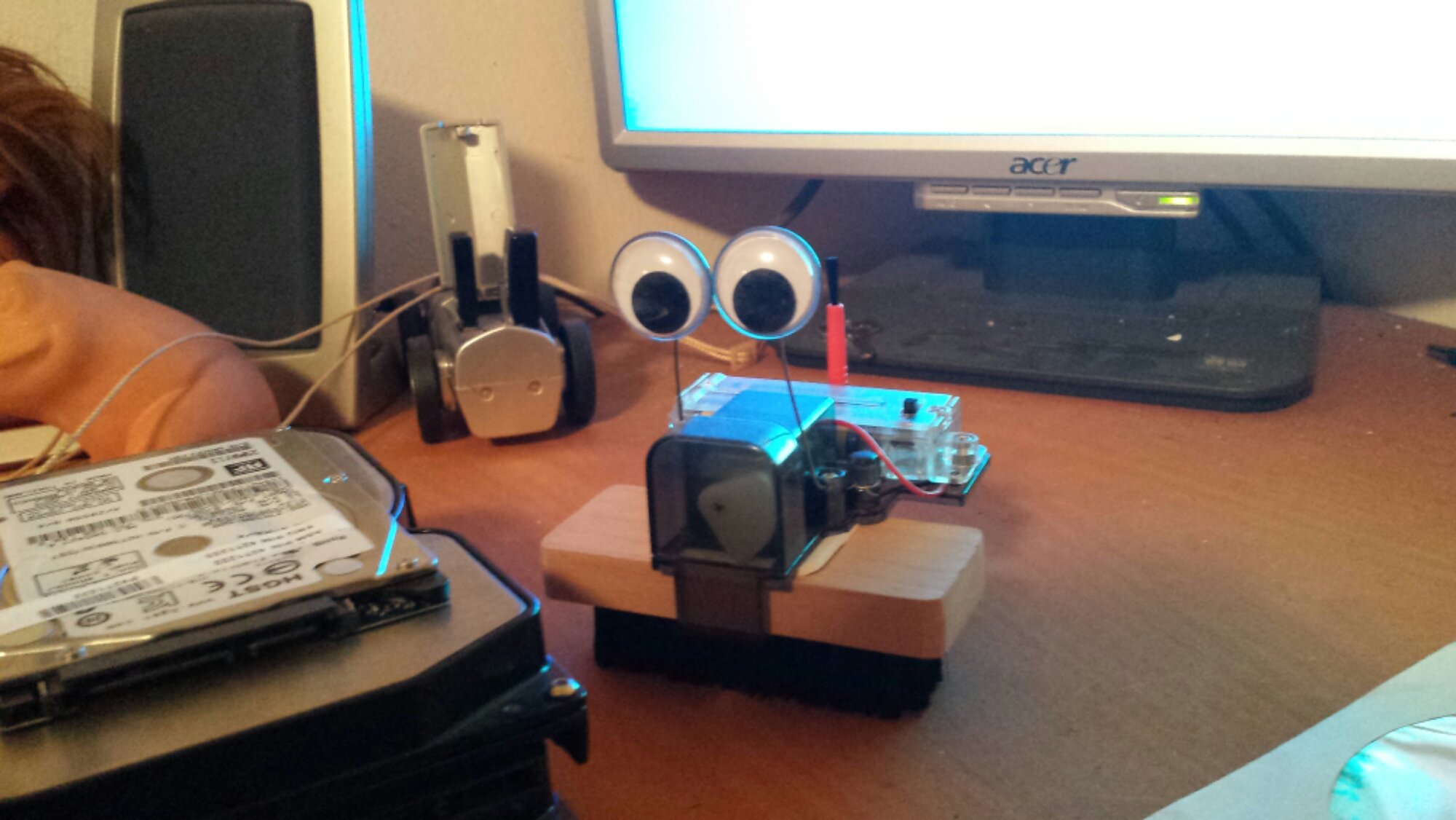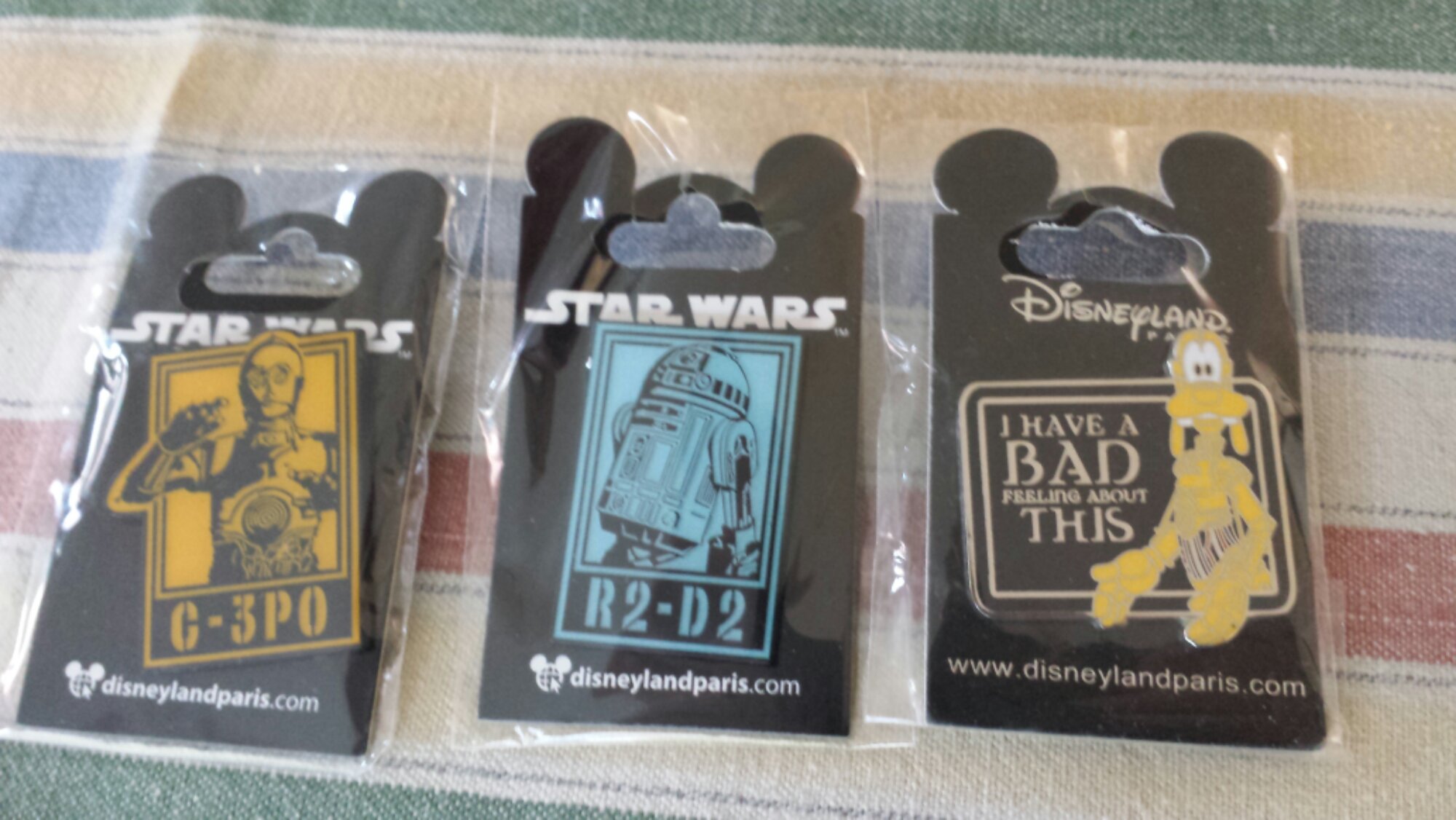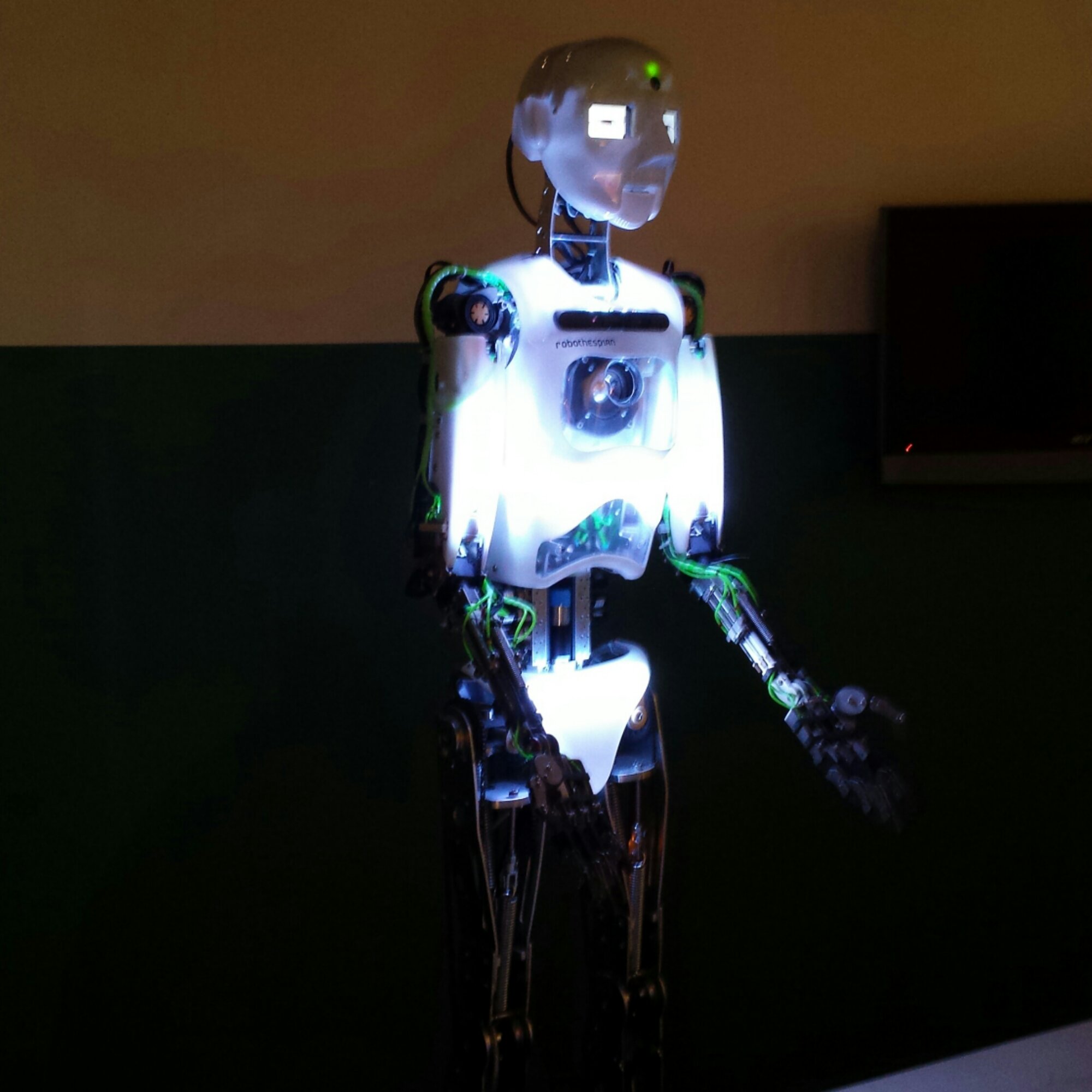In den letzten 20 Jahren hat sich Bluetooth zu einem anerkannten Verbindungsstandard für den Datentransfer entwickelt. Diese neue Technologie, die ursprünglich für Audioverbindungen verwendet wurde, hat sich mittlerweile auf ein breites Spektrum weiterer Anwendungen für den drahtlosen Transfer verschlüsselter Daten ausgebreitet. Die Herausforderung bestand für die meisten Produktentwickler darin, einen schnellen und einfachen Weg zu finden, diese sagenhafte Technologie in ihre Geräte zu integrieren, ohne bei diesem Prozess Engineering-Ressourcen zu vergeuden. Das neue Panasonic – PAN1325A-HCI-85 macht diese Aufgabe zu einem Kinderspiel, indem es alles, was Sie zur Integration von Bluetooth in ein Produkt benötigen, in einem einzigen winzigen Modul vereint.
Das Modul
Panasonic PAN1325A-HCI-85 ist ein vollständiges HCI-Modul, das Bluetooth-Gespräche der Klasse 1 oder Klasse 2 über kurze Entfernungen bietet. Das Gerät ist mit oder ohne Antenne verfügbar und lässt sich über seinen vielseitigen UART leicht mit verschiedenen Steuerungsmodulen verbinden. Beim Design dieses Moduls haben die Entwickler alles darangesetzt, es so klein wie möglich zu gestalten und dabei möglichst viel des Bluetooth-Ökosystems zu bieten.
Das Modul ist in einem Paket zur Oberflächenmontage erhältlich, das eine Abschirmung zur Störfestigkeit umfasst. PAN1325-HCI-85 baut auf dem neuen Onboard-Controller CC2560A von Texas Instruments auf, der über ein bedeutend schnelleres Startskript als das von älteren Versionen verfügt. Das Modul funktioniert als PCM-Schnittstelle im Master-/Slave-Betrieb, unterstützt eine Reihe verschiedener Codecs und verfügt über CVSD-Transcoder auf insgesamt drei SCO-Kanälen. Zur Sicherheit unterstützt das Modul 8-bit- bis 128-bit-Verschlüsselungen sowie gängige Bluetooth-Standards wie SPP, A2DP und weitere, die auf der Website des Moduls aufgeführt sind.
Was macht Panasonic PAN1325A-HCI-85 so einzigartig?
Im Gegensatz zu anderen schlichteren Bluetooth-Modulen umfasst das Panasonic-System sowohl einen hochentwickelten Bluetooth-Sender/-Empfänger als auch umfangreiche unterstützende Schnittstellen und Protokolle, die die Steuerung erleichtern. Panasonic hat PAN1325A so konzipiert, dass es sich mit einer Vielzahl von Controllern kombinieren lässt. Dazu zählt z. B. MSP430BT5190 von Texas Instruments, der einen vollständigen und getesteten Bluetooth-Stack bietet und serielle Schnittstellen für einfachere Anwendungen unterstützt, sowie der leistungsfähigere ARM 7 Controller für erweiterte A2DP-Profilanforderungen.
Da PAN1325A-HCI-85 für die Verwendung in einer Vielzahl von tragbaren Geräten konzipiert wurde, wurde der Leistungsbedarf auf ein Minimum reduziert. Das Modul bietet sogar eine Reihe verschiedener Betriebsmodi bei Nichtbenutzung. PAN1325A lässt sich z. B. so programmieren, dass es bei Nichtbenutzung in den Ruhemodus umschaltet. Diese Funktion macht es zu einer idealen Wahl für Geräte mit eingeschränkter Batterielebensdauer, bei denen gelegentlich eine Bluetooth-Verbindung benötigt wird.
Anwendungsbereiche
Das PAN1325A-HCI-85 Bluetooth-Modul kann in jedem Gerät verwendet werden, das eine stabile Verbindung für Audio- oder Datentransfers benötigt. Zu den Anwendungen zählen Mobiltelefone, Unterhaltungselektronik, medizinische Scanner und Automobilanwendungen. Aufgrund seiner kleinen Größe und seinen flexiblen Leistungsanforderungen kann das Modul problemlos mit fast allen Geräten kombiniert werden, die eine Bluetooth-Verbindung benötigen. Diese Art von Modul ist sogar bei der Lego First Robotics League für die entfernte Steuerung von Robotern verwendet worden. Bei diesem jährlich stattfindenden internationalen Wettkampf treten Teams aus der ganzen Welt in einem Roboterkampf gegeneinander an. Für viele dieser Roboter werden Bluetooth-Controller wie Panasonic PAN1325-HCI-85 zur Gerätesteuerung verwendet. PAN1325A wurde von einem Händler sogar bei einem Wettbewerb in einem dieser Roboter eingesetzt und somit auf ein vollkommen neuartiges Anwendungsgebiet ausgeweitet.
Zu den Anwendungen zählt außerdem eine neue Generation kabelloser Lautsprecher, die über Bluetooth mit Mobiltelefonen und Tablets verbunden werden. Diese Verbindung bietet einen stabilen Kanal zur Übertragung von Audio, das über die Lautsprecher ertönt. Dieselbe Technologie wird nun auch in viele Fahrzeugmodelle integriert, was dem Fahrer ermöglicht, sein Mobiltelefon sicher und freihändig zu bedienen. Da der Betrieb des PAN1325A-HCI-85 äußerst wenig Platz und Leistung erfordert, sind die Anwendungsmöglichkeiten nahezu grenzenlos.

